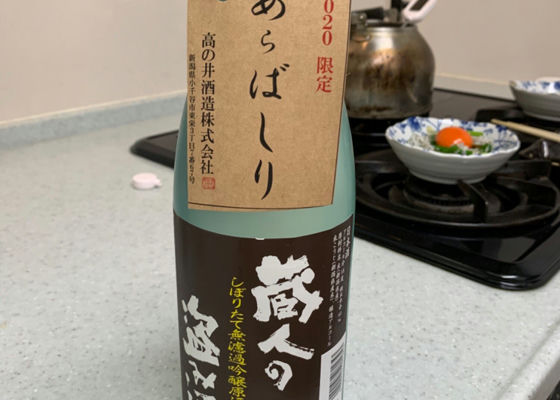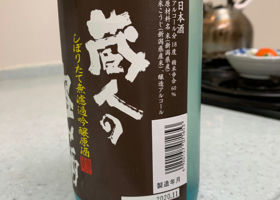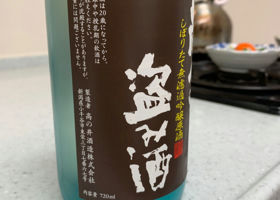


susan
I got a bottle with the same production date to compare with the raw sake from up yesterday.
First, cold.
Pale cotton candy with a canned pineapple flavor. Refreshing, like lightly scented.
Drink. A little heavier, a little harder, a little stickier and more structured than the raw sake. A little sourness and a gracefulness after swallowing. Stubbornness in a good sense. A stone with no corners, soaked in clear water.
Next, 45℃.
Milkiness like condensed milk with rice as the main ingredient.
Drink it. It has the aroma of grilled straw. It is rare to find a sake that is so fragrant at this temperature. You can feel the richness of melted snow water.
From the time you put it in your mouth to the time you swallow it, it is consistently dry. I think it is a little different from "Danrei".
Next, 55℃.
The alcohol swells. The milkiness becomes a little powdery, like a creep
Drinking. Not too heavy stone. A sourness that lingers at the base of the tongue.
When swallowed, it is water from the Shinano River bathed in sunlight. A little richness and astringency, moss.
65℃ at the end.
Clear Yamahai Junmai. Slightly stronger alcohol.
Drink. The fullness of the rice and the aroma of the straw are wonderful. When you roll it, the alcohol goes around the nostrils nicely. I think it is similar to Masuarao.
When you swallow it, the bitterness and astringency that coats your throat
It's delicious. But for me, I prefer the nama-shu.
It is a classic version of nama-shu.
Next time I drink it, I want to enjoy it heated to 65°C.
Japanese>English